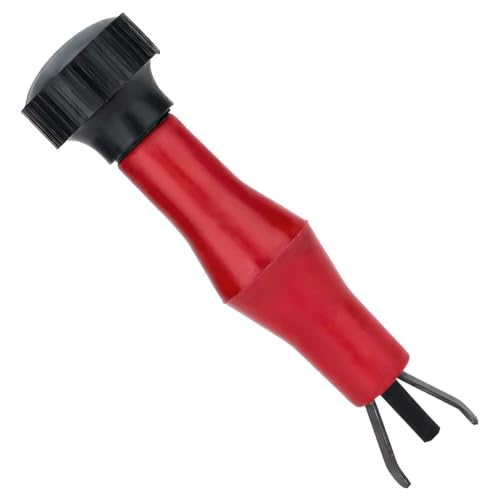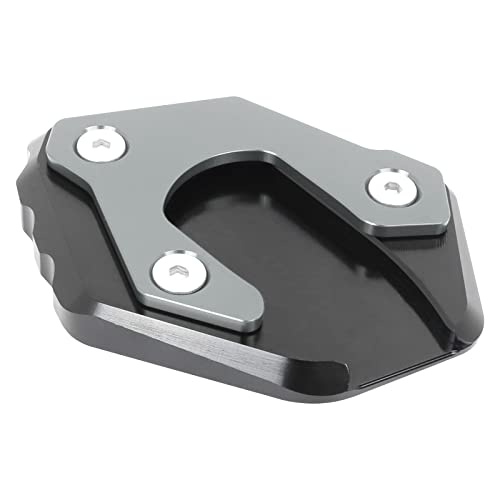Hallelujah, brother!! :yahoo:
So now let me spew forth my weak understanding of the whole situation. Feel free to flame away. You can't bother me as today is the first (of many) Fridays of the month. I'm officially off from work from now 'till July 21st! Vacation! Let me say Hallelujah!!
These two "fixes" are very different, and as such will produce different results.
Differences:
BJM & diddling of the CO settings:
Single setting that primarily effects idle speed mixture with diminishing effect as throttle is opened and rpms increased.
O2 sensor is still FULLY enabled (good or bad depending on viewpoint).
PCIII (non Cali Compliant)
Full throttle position vs rpm map which *can be optimized per installation.
O2 sensor is FULLY disabled (good or bad depending on viewpoint).
The "Problems"
The two biggest complaints with the FJR stock tuning that makes people want to venture down either of these two paths are that:
1) the off to on throttle transitions can be somewhat abrupt on the stock bikes, making the bikes feel less-than-smooth, and
2) like many modern motorcycles, in stock trim the bikes have a tendency to "lean surge" at lower cruising speeds (especially in the 35mph - 55mph zone).
Why these problems happen:
1) In order to achieve the best possible emissions and fuel economy, the stock fuel map is intentionally set on the lean side of optimum. This is especially so under trailing throttle conditions (where the designers literally cut-off all fuel), such as what one might encounter while entering a corner a tad too hot. The natural and prudent reaction is to chop the throttle, perhaps even using some brakes, before fully entering the corner. With the stock fuel map this results in the engine turning and pumping air, but essentially not "running" due to the absence of fuel from the injectors. After scrubbing the appropriate amount of speed off, any attempt to add throttle back in result in jerkiness as the engine literally comes back to life.
2) Designers want their engines to idle with minimal exhaust emissions. Minimum emissions can be achieved by lean fueling (leaner than optimum for maximum power conversion) along with catalytic converters in the exhaust stream. However lean fuel conditions (off idle) tend to produce a phenomenon known as lean surging. This is the objectionable feeling of "hunting" as the engine slightly increases and decreases in power under a steady throttle application. Lean surging is common on many engines, even those with carburettors, since the beginning of exhaust emissions concerns. The only cure for lean surging is adding the appropriate amount of (more) fuel to richen the mixture.
Dissenting opinions are welcome. We can talk about how these "fixes" work next.































































